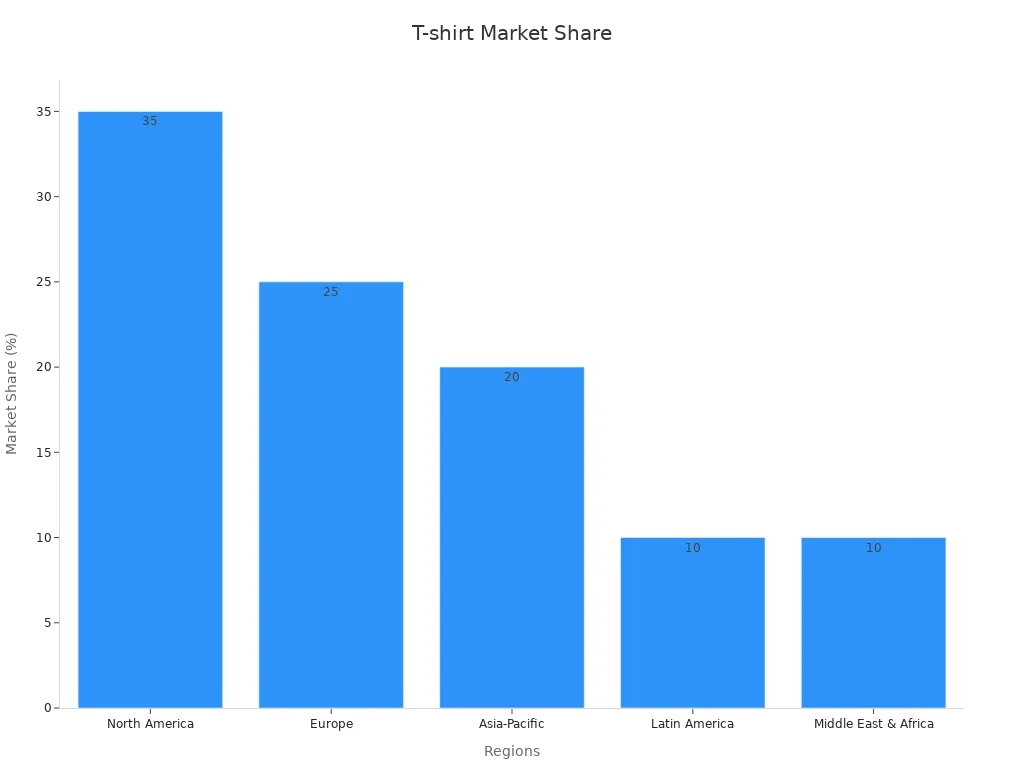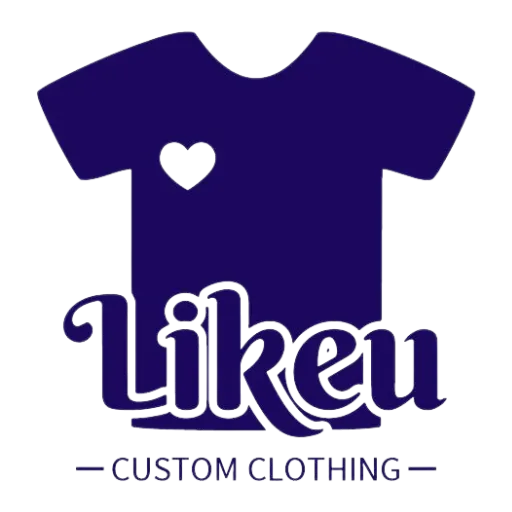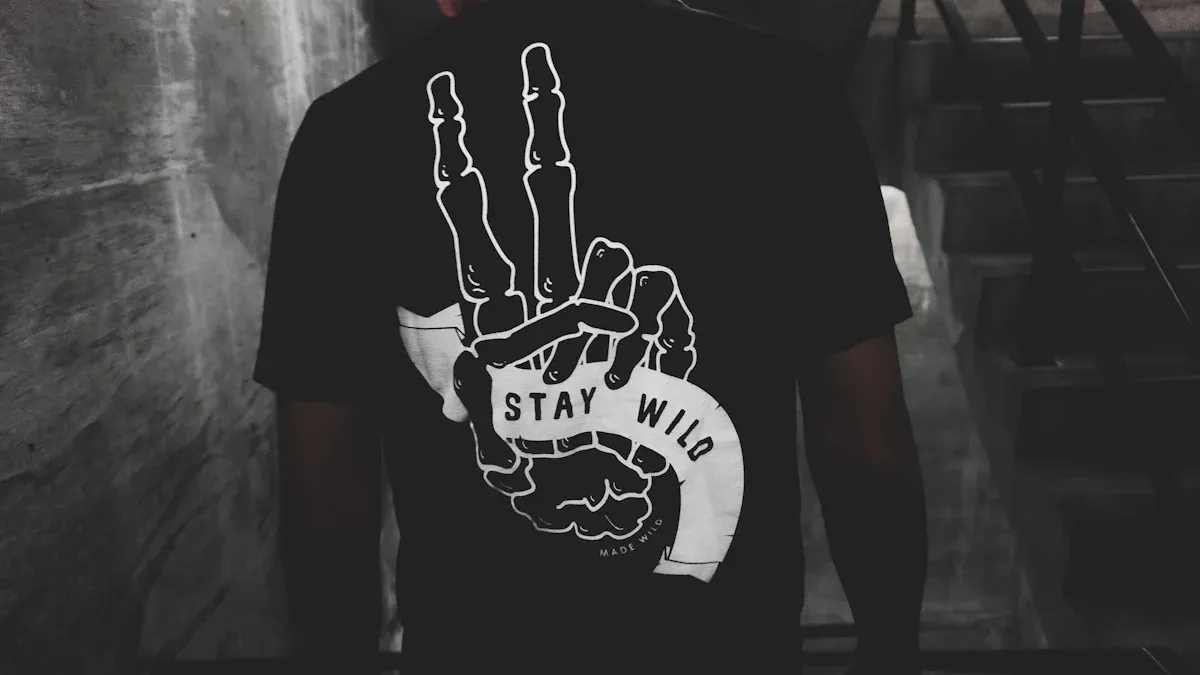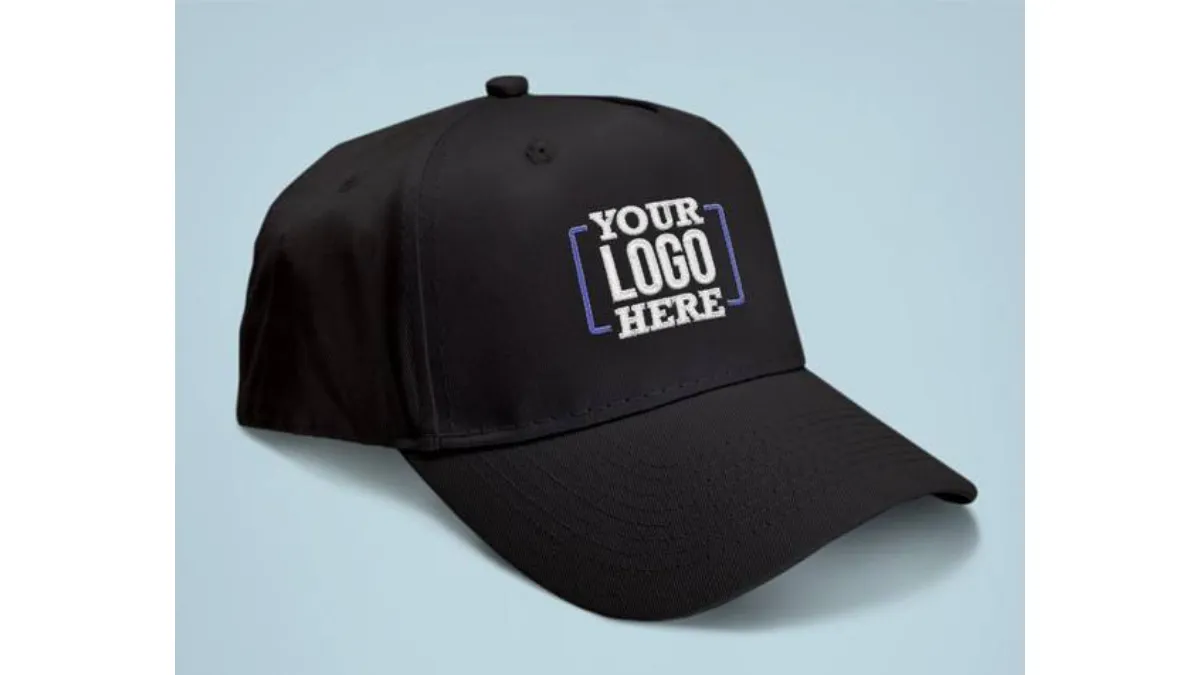You can absolutely start a t-shirt business today and find real profit. The world bought over 2 billion t-shirt units in 2023, and experts expect the market to grow by more than 3% every year. Even though many people enter the t-shirt business, demand still beats supply. Startup costs can be low—sometimes almost zero with print-on-demand. If you want more control, you might spend $1,000 to $1,500 to get started. Check out this chart to see how the market looks across different regions:

You do not need to worry if you are new. Many people just like you learned how to start a t-shirt business and built a successful t-shirt business from scratch. Imagine seeing your own designs out in the world and earning money from them!
Key Takeaways
The t-shirt market is growing quickly. Many people want custom, eco-friendly, and cool designs. This makes it a good time to start your own business.
Study your market and choose a niche that matches your style. Make sure it also fits what customers want. This helps you stand out and get loyal buyers.
Make a clear business plan. Finish legal steps like registering your business and getting an EIN. This gives your business a strong start.
Use print-on-demand services to keep your starting costs low. You can test your designs without keeping lots of shirts in stock.
Grow your brand with special designs and smart marketing on social media. This helps your store grow and keeps customers coming back.
Is a T-Shirt Business Profitable?
Market Trends
You might wonder if the t-shirt business still has room for new players. The answer is yes! The t-shirt market keeps growing every year. People want more than just plain shirts. They look for custom designs, eco-friendly fabrics, and even secondhand options. Here are some trends shaping the t-shirt business right now:
The global online custom t-shirt market was worth $2.3 billion in 2021. Experts expect it to grow by over 12% each year until 2030.
North America leads the way, with the USA making up almost 80% of custom t-shirt sales in the region.
India and Germany also have strong t-shirt markets, thanks to internet growth and new printing tech.
Shoppers want sustainable choices. Many brands now use organic cotton or recycled materials.
Athleisure and plus-size clothing are on the rise, so you can find your own space in the t-shirt business by following these trends.
Tip: Watch what’s trending on social media. You can spot new ideas for your t-shirt business before others do!
Profit Potential
You can make real money in the t-shirt business if you manage your costs and know your audience. Let’s look at some numbers:
Profit Margin Type | Range / Value | Notes / Factors Affecting Margin |
|---|---|---|
Typical Profit Margins | 10% to 20% | When costs are well-managed and demand is strong |
Profit Margins by Scale | 20% to 50% | Depends on scale and operational efficiency |
Material Cost Fluctuation | Up to 15% variation | Affects profitability due to raw material price swings |
Equipment Investment | $5,000 to $10,000/unit | Upfront costs for screen printing or direct-to-garment machines |
Owner Revenue Growth | Up to 25% increase | Possible with market expansion and new customer demographics |
Most t-shirt business owners see profit margins between 10% and 50%. If you keep your costs low and offer something special, you can reach the higher end of that range. Premium pricing, bulk orders, and subscription boxes can boost your profits. Watch out for changes in material costs, though. Prices can swing by up to 15%, so plan ahead.
The t-shirt business rewards creativity and smart planning. If you follow the trends and keep an eye on your numbers, you can build a t-shirt business that lasts.
How to Start a T-Shirt Business
Market Research
You want to know how to start a t-shirt business that stands out. The first step is market research. This means you look at what people want, what is trending, and where there are gaps in the market. You also check out your competition and see what they do well or where they fall short.
Here is a table that shows important facts about the t-shirt business market:
Aspect | Details |
|---|---|
Market Size (2023) | |
Projected Market Size (2030) | USD 80.1 Billion |
CAGR (2024-2030) | 4.5% |
Key Market Drivers | Fashion trends, comfort, e-commerce growth, customization, sustainability, influencer marketing |
Market Gaps & Challenges | Seasonal demand, fast fashion, changing tastes, environmental concerns, cost swings |
Market Segmentation | Age, gender, lifestyle, occasion, region |
You can use market research to spot what is missing in the t-shirt business. For example, you might notice that people want more eco-friendly shirts or funny designs for couples. You can also use tools like Google Trends or keyword research to see what people search for online. This helps you learn how to start a t-shirt business that meets real needs.
Tip: Always check what your competitors offer. Read their reviews to find out what customers like or dislike.
Choose a Niche
After you finish your market research, you need to choose a niche. A niche is a special area or theme for your t-shirt business. Picking a niche helps you stand out and attract loyal customers. You do not want to sell to everyone. Instead, you want to focus on a group that loves your style.
Here are some popular niches in the t-shirt business right now:
Adult humor shirts with funny or bold sayings. These often sell for $19 or more.
Couples-themed shirts, especially for holidays like Halloween.
Vintage or retro pin-up designs, which appeal to both men and women.
Feminism and empowerment themes, which are growing fast.
You can use keyword tools to find out what people search for in your niche. Look for sub-niches with good demand but not too much competition. For example, you might find that “gearhead” culture or eco-friendly shirts have room for new brands.
Note: The women’s t-shirt market is huge and keeps growing, thanks to athleisure and sustainable fashion trends.
When you choose your niche, think about what makes your t-shirt business unique. Maybe you use organic cotton, or you create custom designs for pet lovers. Your niche will guide your designs, your marketing, and even how you set prices.
Business Plan & Legal Setup
Now you are ready to plan your t-shirt business and make it official. A business plan helps you organize your ideas and set clear goals. It also shows banks or investors that you know how to start a t-shirt business the right way.
Here are the main parts of a strong business plan:
Executive summary: A short overview of your t-shirt business.
Market research: Details about your target customers and competitors.
Product line: What types of shirts you will sell and how you will set prices.
Marketing and sales plan: How you will reach customers and what your pricing strategy will be.
Operations plan: How you will make and deliver your shirts.
Financial plan: Startup costs, how you will make money, and your profit goals.
You can use tools like Google Sheets to track your expenses or Hootsuite to plan your marketing. Printify and other print-on-demand services help you create and sell shirts without buying lots of stock.
To start a t-shirt business legally, follow these steps:
Pick a business structure, like a sole proprietorship or LLC. LLCs protect your personal assets.
Choose a unique business name. Make sure it is available in your state and as a website domain.
Register your business with your state. You can usually do this online for a small fee.
Get an Employer Identification Number (EIN) for taxes and business accounts.
Open a business bank account to keep your money organized.
Apply for any licenses or permits your city or state requires.
Think about trademarking your logo or slogan to protect your brand.
Legal fees for registration and permits usually range from $500 to $2,000. This is a smart investment because it protects your ideas and keeps your t-shirt business safe from legal trouble.
Callout: A good business plan and legal setup make your t-shirt business look professional and trustworthy. This helps you grow faster and avoid problems later.
If you follow these steps, you will know how to start a t-shirt business with confidence. You will have a clear plan, a strong niche, and a legal foundation for success.
Print-on-Demand & Suppliers

Find POD Partners
You want your t-shirt business to run smoothly from day one. Print on demand makes this possible. With print on demand, you do not need to buy a huge stock of shirts or worry about storage. You upload your designs, and your print-on-demand partner prints and ships each order as it comes in. This keeps your costs low and your risk small.
The print on demand industry is booming. Reports show the U.S. custom t-shirt printing market is growing fast, with a 12.9% annual growth rate for online sales. Experts say the global print on demand market could reach $59.4 billion by 2033. This growth comes from more people shopping online, wanting custom t-shirt designs, and loving the convenience of print on demand.
Choosing the right print on demand partner is key for your t-shirt business. Here’s a quick look at some top providers:
Provider | Product Range | Shipping Speed | Integrations | Strengths | Weaknesses |
|---|---|---|---|---|---|
Printful | Wide | Fast | Many | High quality, easy to use | Higher prices |
Printify | 800+ products | 2-7 days | Many | Big variety, no order minimums | Print quality varies |
SPOD | 200+ products | 48 hours | Shopify, more | Fast turnaround | App runs outside Shopify |
Gooten | 150+ products | Fast | Many | Good service, fast shipping | Complex setup |
TPOP | Eco-friendly | Fast (EU) | Few | Sustainable, good prices | Limited reach |
You can see that each print on demand provider has its own strengths. Some offer fast shipping, while others focus on eco-friendly options. Pick the one that fits your t-shirt business goals.
Tip: Always order samples from your print on demand partner. This helps you check print quality and shipping speed before you launch your custom t-shirt line.
Source Quality Shirts
Great t-shirt printing starts with great shirts. You want your customers to love the feel and fit of your custom t-shirt. Print on demand makes it easy to choose from many shirt styles and materials. Top providers work with trusted suppliers and use strict quality checks at every step.
The supply chain for t-shirt printing uses third-party inspections and regular audits. Most suppliers have a defect rate of less than 1% and deliver on time 98% of the time. They follow international standards like ISO 9001 and use advanced tech to track every order. This means your t-shirt business can rely on steady quality and fast delivery.
Suppliers train workers on quality standards.
They use eco-friendly materials and offer organic cotton options.
Inventory systems help avoid delays and keep your custom printing business running smoothly.
Note: Always read reviews and check supplier ratings. High-quality shirts make your t-shirt business stand out and keep customers coming back.
Create an Online Store
Online T-Shirt Business Setup
You have your designs and your plan. Now it’s time to create an online store for your t-shirt business. This step helps you reach customers everywhere, not just in your neighborhood. You can set up your ecommerce store in a few ways. Many people choose platforms that make the process easy and fast.
Shopify stands out for beginners. You get simple tools, lots of themes, and easy payment options. You can connect apps and manage your t-shirt business from one dashboard.
WooCommerce works well if you know WordPress. You get more control and can customize your online t-shirt business as much as you want.
Etsy lets you tap into a huge group of shoppers who love custom shirts. You don’t need to build a full website to start selling.
BigCommerce helps you grow fast. You get strong features for scaling and tools for SEO.
These platforms help you handle orders, payments, and shipping. They also let you add your own style to your ecommerce store. A study shows that print-on-demand platforms use smart tech and business processes. This makes it easy for you to offer custom shirts at low cost and high volume.
Many people have built a successful online t-shirt business. For example:
Rich Khun earns over $500,000 a year from his online t-shirt business.
Cassiy Johnson turned job loss into a thriving print-on-demand store on Etsy.
Lindsey Ferris rebuilt her career with an ecommerce store after losing her old job.
You can track your sales and see what works best by using tools like Google Analytics and Instagram insights.
Tip: Order a sample from your own store before you launch. This helps you check quality and fix any problems early.
Sales Channels
You want your t-shirt business to reach as many people as possible. You can sell on your own ecommerce store or use other sales channels. Each option has its own benefits.
Sales Channel Type | Benefits | Drawbacks |
|---|---|---|
Marketplaces (Etsy, eBay, Amazon) | Lower or no initial cost; access to loyal customer base | Limited customization; less control; marketplace fees and policies |
eCommerce Platforms (Shopify, BigCommerce) | Extensive eCommerce features; high customization; full control over promotions | Increasing subscription and fee costs; requires significant marketing effort |
Direct traffic makes up 29% of visits to online t-shirt business stores. This shows that people remember your brand and come back. Branded search can add another 45%. SEO and paid ads help bring in shoppers who are ready to buy. Social media builds awareness and keeps your audience engaged, but most sales come from search and direct visits.
You can start with one channel and add more as your t-shirt business grows. Many successful owners use a mix of their own ecommerce store and marketplaces. This way, you get the best of both worlds—control and a big audience.
Design & Branding

Create Unique Designs
You want your t-shirt business to stand out. The best way to do this is by creating unique designs that people remember. When you create your own t-shirt designs, you can show off your style and connect with your audience. Many trends shape what people love to wear. For example, bold typography, pop culture references, and streetwear styles are hot right now. Check out this table for some ideas:
Design Trend | Description / Examples | Consumer Impact |
|---|---|---|
Bold Typography & Hand-Lettering | Strong fonts, custom quotes | 20% higher social media engagement |
Pop Culture References | Movie quotes, memes | 25% sales increase |
Customizable & Personalized | Names, color choices | 40% higher customer satisfaction |
Streetwear & Urban Styles | Graffiti, bold statements | 35% growth in streetwear market |
Artistic Collages & Mixed Media | Layered art, photo collages | 25% boost in sales |
Nature-inspired prints, pet portraits, and inspirational messages also attract buyers. People love shirts that tell a story or make them feel good. If you want a best-selling t-shirt design, focus on what your customers care about. Use colors, shapes, and words that match their interests. You can even let customers personalize their own shirts for a special touch.
Tip: High-quality, creative designs make your custom t-shirt a part of someone’s daily routine. This builds loyalty and keeps your t-shirt business growing.
Build Your Brand
Branding is more than just a logo. It’s how people see and remember your t-shirt business. When you build a strong brand, you help customers trust you and come back for more. Research shows that 81% of people need to trust a brand before they buy. Over half of shoppers are more likely to buy from brands they recognize.
Here are some ways to build your brand:
Pick a name and logo that match your style.
Use the same colors and fonts everywhere.
Share your story and values on your website and social media.
Show real people wearing your shirts.
Run loyalty programs or offer special deals to repeat customers.
A strong brand helps your t-shirt business stand out in a crowded market. Consistent branding can add up to 20% growth. Loyal customers spend more and tell their friends about your shirts. Social media is a great place to show off your custom t-shirt designs and connect with fans. Most people need to see your brand six or seven times before they remember it, so keep sharing and stay active.
Note: Well-designed branded shirts, like those from Apple, make people feel good about your business and boost your value.
Marketing & Growth
Promote Your Store
You want people to notice your t-shirt business. Start by telling your story on social media. Use Instagram, Facebook, and TikTok to show your designs. These sites help you find fans of custom shirts. More than half of Americans shop on social media. This makes these platforms great for your print on demand store. Post photos of real customers wearing your shirts. This helps people trust your brand and see it as real.
Work with influencers who fit your style. They can show your shirts to new people. Brand ambassadors also help spread the word. Email marketing is a strong tool for your business. For every $1 spent, you might get $36 back. Send special deals and news about new designs. Use fun subject lines to get people to open your emails. Make your emails personal for better results.
Here are some ways to help your online t-shirt business grow:
Run sales during holidays and special times.
Use FOMO in your messages to make people act fast.
Give rewards or loyalty points to repeat buyers.
Make sure your website works well on phones. Almost half of shoppers use mobile.
Keep your product descriptions simple and ship orders quickly.
Tip: Ask customers for feedback after each sale. Happy customers often tell others. This brings more buyers to your t-shirt business.
Track & Optimize
You need to know what works in your print on demand store. Track numbers like sales, conversion rates, and ad costs. Use Google Analytics to see where visitors come from. Watch what people do on your site. Use Google Trends to spot new ideas and adjust your marketing.
Many t-shirt business owners test different ads and website looks. Try changing your product pages to see what works best. A/B testing helps you learn what customers like most. Make sure your site is easy to use on phones. This makes shopping simple and brings more sales. AI tools and automation help you send the right message at the right time.
Check these important numbers often:
Metric | Why It Matters |
|---|---|
Sales Volume | Shows if people want your shirts |
Conversion Rate | Tells if visitors are buying |
Cost per Acquisition | Helps you control ad spending |
Customer Feedback | Helps you make better products |
Note: Always look at your data and listen to your customers. This helps you find new trends and keep your t-shirt business growing.
You now know the simple steps to launch your own t-shirt business. Start small, test your ideas, and watch how new technology like direct-to-garment printing lets you create amazing shirts. The t-shirt market is booming, with billions in sales and more people wanting custom designs every year. Stay curious, keep learning, and adapt as you grow. Your journey to a successful t-shirt business can begin today—why not take that first step?
FAQ
How much money do I need to start a t-shirt business?
You can start with less than $100 if you use print-on-demand. If you want more control, plan for $1,000 to $1,500. Most costs go to samples, website setup, and marketing.
Do I need design skills to launch my own t-shirt brand?
No, you do not need to be a designer. You can use free tools like Canva or hire freelancers. Many print-on-demand sites offer design templates you can customize.
How do I handle returns and customer service?
Your print-on-demand partner usually manages returns for damaged or wrong items. You answer customer questions and help with orders. Good service keeps buyers happy and builds trust.
Can I run a t-shirt business while working a full-time job?
Yes! Many people start their t-shirt business as a side hustle. Print-on-demand and automation tools help you save time. You can grow your store at your own pace.





